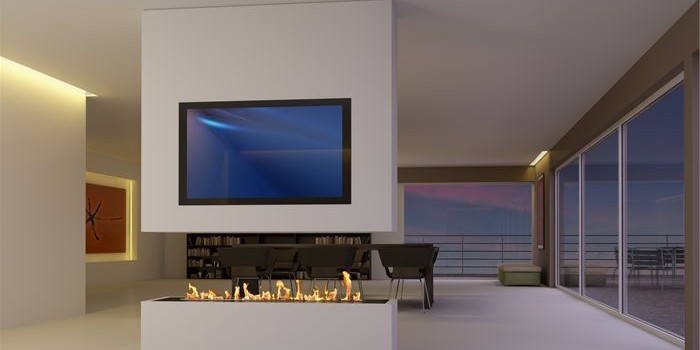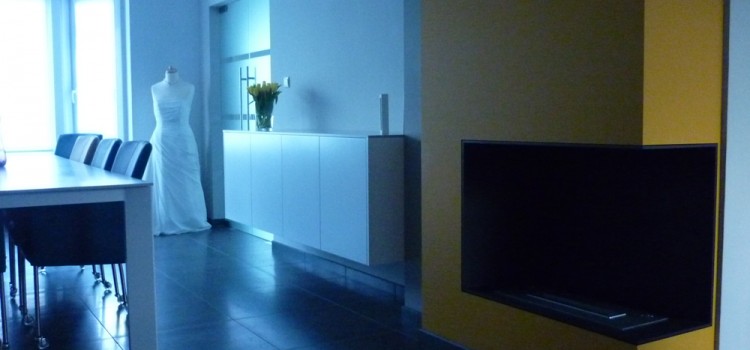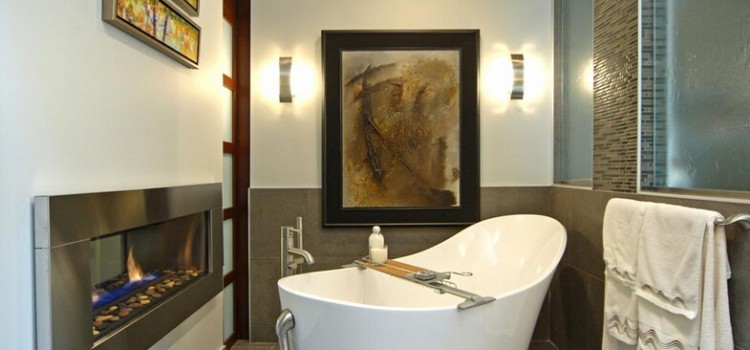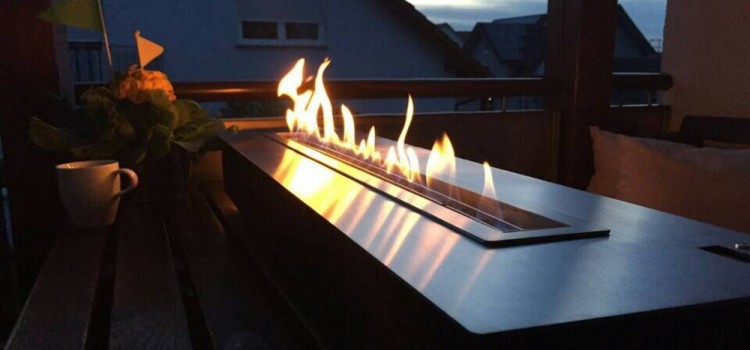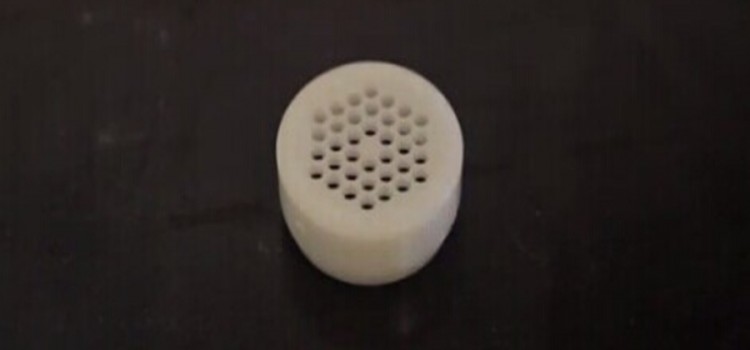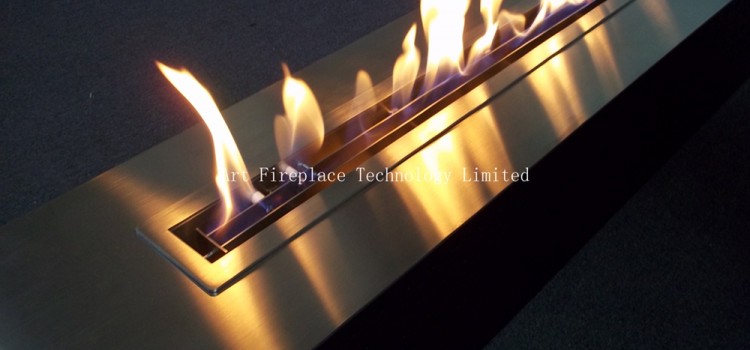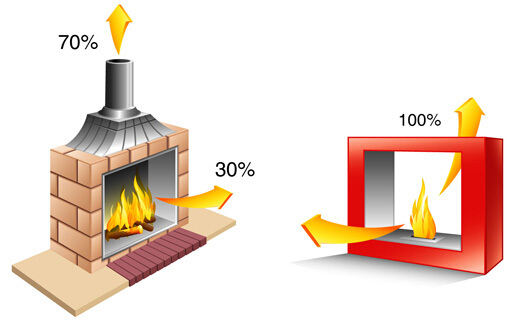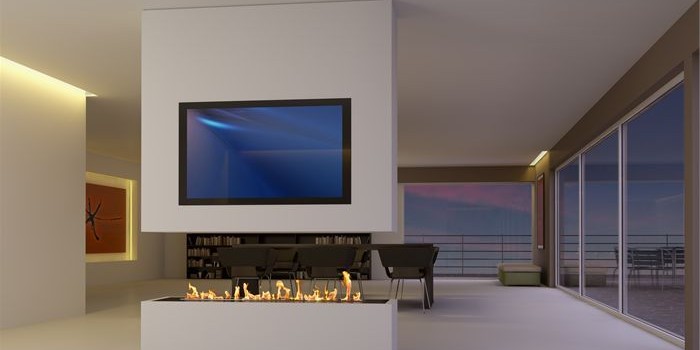Fireplace wall units are pre-fabricated fireplace fixtures. To install one, you’ll simply need to fix the wall unit in place and make sure it’s properly sealed and connected to any electrical lines that are required. Read on for a few of the most common and potentially hazardous mistakes that people often make when installing art ethanol fireplace wall units.
Mistakes to Avoid When Installing Art Ethanol Fireplace Wall Units
